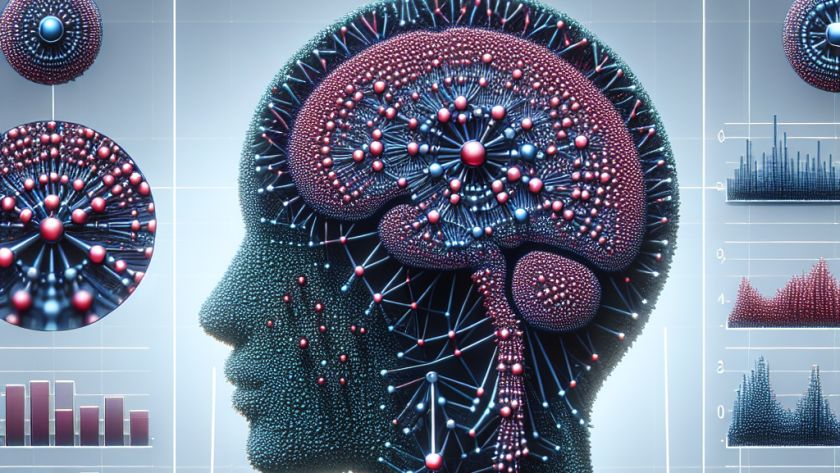Complex Human Activity Recognition (CHAR) identifies the actions and behaviors of individuals in smart environments, but the process of labeling datasets with precise temporal information of atomic activities (basic human behaviors) is difficult and can lead to errors. Moreover, in real-world scenarios, accurate and detailed labeling is hard to obtain. Addressing this challenge is important…












